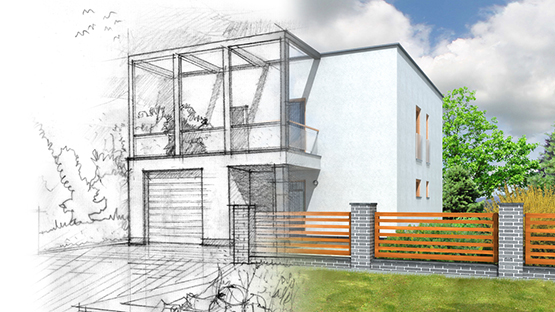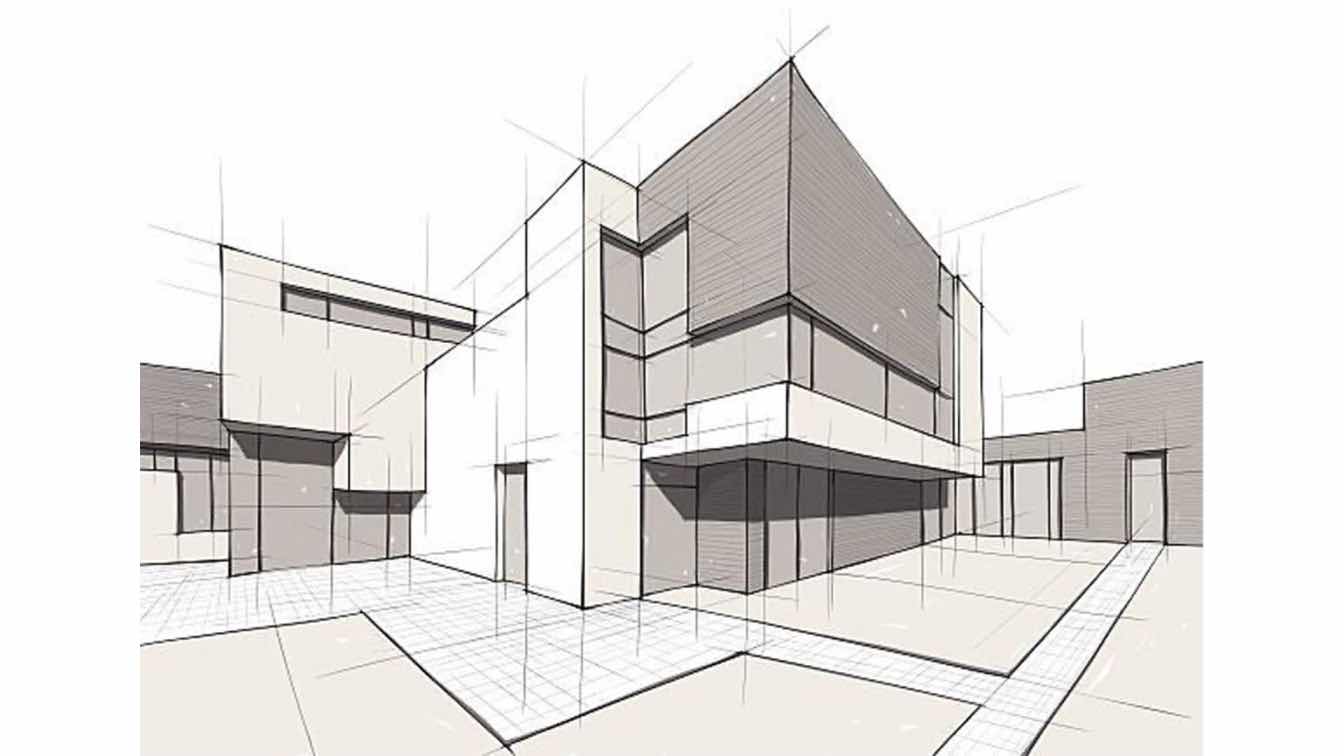Changing Rooms: The Vision of CDA Architects for Modern Living
Changing Rooms: The Vision of CDA Architects for Modern Living
Blog Article
An Extensive Summary of Architectural Designs and Their Impact on Modern City Planning and Advancement
Architectural designs have actually long functioned as a mirror to the societal worths and technical improvements of their time, playing a critical duty fit contemporary city planning and growth. From the magnificence of Neoclassicism to the utilitarian approach of Brutalism, each design has actually introduced unique principles that influence urban visual appeals and functionality. As modern difficulties occur, including sustainability and area requirements, understanding these historical structures ends up being necessary. The resulting dialogue not just notifies future design techniques however also elevates essential concerns about the equilibrium between heritage and advancement in our developing city landscapes.

Historical Introduction of Building Designs
Throughout background, architectural styles have developed in feedback to social, technical, and environmental factors. Each period shows the prevailing values, ideas, and improvements of its time, bring about an abundant tapestry of design that signifies human imagination and adaptation. The ancient human beings, such as the Egyptians and Greeks, established foundational styles that emphasized symmetry and proportion, serving both functional and visual objectives.
As cultures transitioned via the Center Ages, Gothic style arised, identified by its verticality and detailed describing, matching the spiritual ambitions of the age. The Renaissance noted a resurgence of classic ideals, merging art and architecture in innovative manner ins which influenced subsequent designs throughout Europe.
The Industrial Change presented brand-new materials and building techniques, prompting movements like Innovation, which tested standard types and embraced simplicity and functionality. The 20th century saw a diversity of designs, with Postmodernism reacting against the raw minimalism of its precursor, including historic recommendations and eclectic elements.
Today, building styles proceed to develop, driven by globalization and sustainability problems, showing a vibrant interplay in between heritage and development (cda architects). This historic summary emphasizes the importance of style as a mirror of societal advancement and as a catalyst for metropolitan growth
Key Architectural Styles Explained
The variety of building designs shows the myriad influences that shape our built environment, each embodying distinct features and social significances. Trick architectural designs consist of Timeless, Gothic, Baroque, Innovation, and Postmodernism, each standing for distinct historical contexts and visual viewpoints.
Classical style, rooted in ancient Greece and Rome, highlights symmetry, percentage, and making use of columns. In contrast, Gothic architecture, thriving in the Center Ages, is characterized by pointed arches, ribbed safes, and flying buttresses, developing a spiritual top quality in basilicas. Baroque style, arising in the 17th century, is noted by majesty, sophisticated decoration, and a dynamic interplay of light and darkness.
Innovation, which acquired momentum in the early 20th century, focuses on function over kind, making use of brand-new products like steel and glass to create minimal frameworks. Postmodernism, responding versus the austerity of Modernism, welcomes eclecticism and historical recommendation, often including spirited elements and irony.
Understanding these designs supplies insight into the cultural stories and technical innovations of their particular eras, highlighting exactly how architecture serves not simply as a shelter, yet as a reflection of social worths and aspirations.
Influence on Urban Preparation
Fit the page advancement of cities, building designs significantly Continue affect urban planning decisions. The selection of building style commonly dictates the visual appeals, capability, and overall personality of city environments. cda architects. As an example, innovation, with its focus on minimalism and functionality, motivates open rooms and the integration of modern technology, shaping city formats that focus on efficiency and availability. Alternatively, standard designs might highlight historical conservation, resulting in urban layouts that preserve cultural heritage and promote pedestrian-friendly environments.
Furthermore, building designs can influence zoning laws and land use policies. Urban coordinators must think about the prevailing architectural trends when making areas, guaranteeing that brand-new growths harmonize with existing frameworks. This consideration promotes natural urban landscapes and enhances neighborhood identity.
The execution of details building styles can likewise affect socioeconomic variables within a city. High-end contemporary styles might attract wealthy homeowners and organizations, leading to gentrification, while a lot more inexpensive housing options may prioritize useful and sustainable layouts to accommodate diverse populaces. Eventually, the interplay in between building styles and city preparation creates dynamic cities that reflect both historical context and contemporary demands, shaping the lived experiences of their occupants.
Sustainability and Modern Architecture

Contemporary building movements, such as biophilic design and green design, advocate for structures that harmonize with their environments, making use of all-natural products and advertising Read Full Report biodiversity. These designs typically include renewable resource resources, such as solar panels and wind generators, to minimize dependence on fossil gas and lower carbon footprints.
In addition, the assimilation of advanced innovations, such as smart structure systems, boosts energy administration, optimizing source use while ensuring owner convenience. Cutting-edge water management strategies, including rain harvesting and greywater recycling, more add to lasting urban settings.
Notably, sustainability extends past environmental worries; it encompasses social and economic measurements. By fostering community health and advertising inclusivity, modern building designs align with sustainable development objectives. Subsequently, the advancement of architectural practices proceeds to form durable cities that not just meet the demands of today however also guard the future for generations ahead.
Area Engagement in Style
Neighborhood involvement in style works as a critical bridge in between engineers and the populaces they serve, guaranteeing that the built environment shows the requirements and desires of its customers. This joint process welcomes community participants to contribute their understandings and preferences, cultivating a sense of possession and responsibility towards the rooms they occupy.
Efficient area interaction employs numerous techniques, such as workshops, studies, and public online forums, to collect diverse viewpoints. These strategies assist in a two-way dialogue, permitting designers to comprehend neighborhood contexts while empowering homeowners to articulate their issues and desires. This inclusivity not only improves the style quality yet also advertises social equity by attending to the distinct obstacles faced by marginalized teams.
Moreover, area engagement can result in innovative remedies that might not arise in a traditional style procedure. By integrating regional expertise and cultural values, engineers can create areas that reverberate even more deeply with users, improving use and sustainability. Ultimately, prioritizing area engagement in design processes causes settings that nurture social interactions, assistance health, and strengthen community ties, therefore playing a pivotal role in shaping contemporary city landscapes.
Conclusion
Architectural styles have exceptionally affected modern-day city preparation and growth, reflecting developing cultural and technological contexts. The combination of historic visual appeals with contemporary requirements promotes metropolitan atmospheres that focus on sustainability and neighborhood involvement. As cities proceed to expand and adjust, the recurring discussion in between building heritage and modern-day layout concepts will certainly stay necessary in developing comprehensive, vivid rooms that boost top quality of life and advertise social equity. The future of metropolitan advancement rest on this unified balance.
Report this page